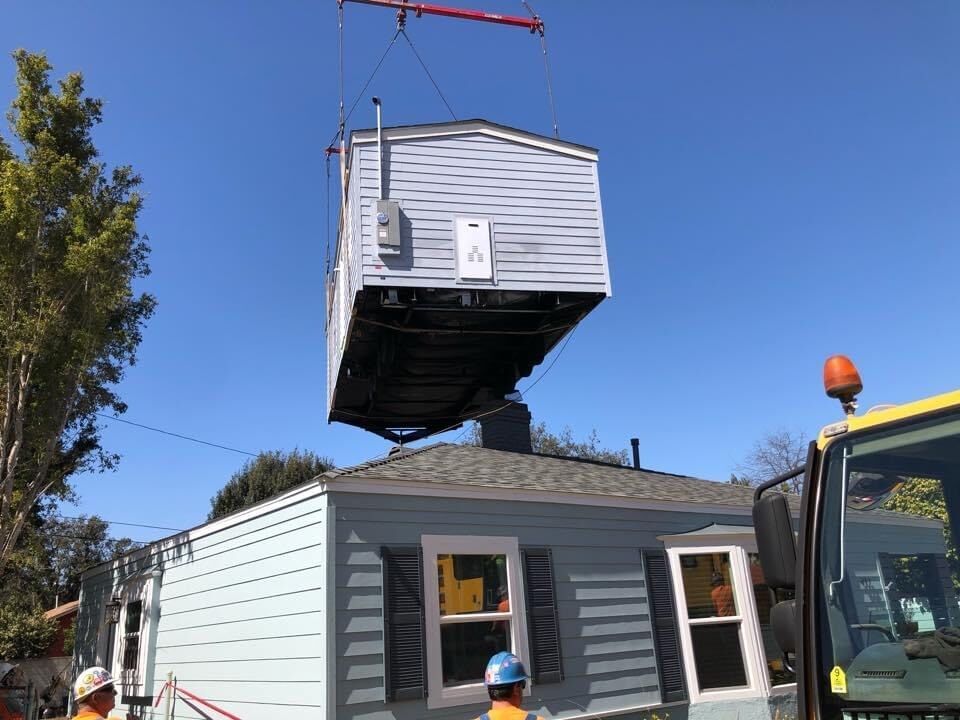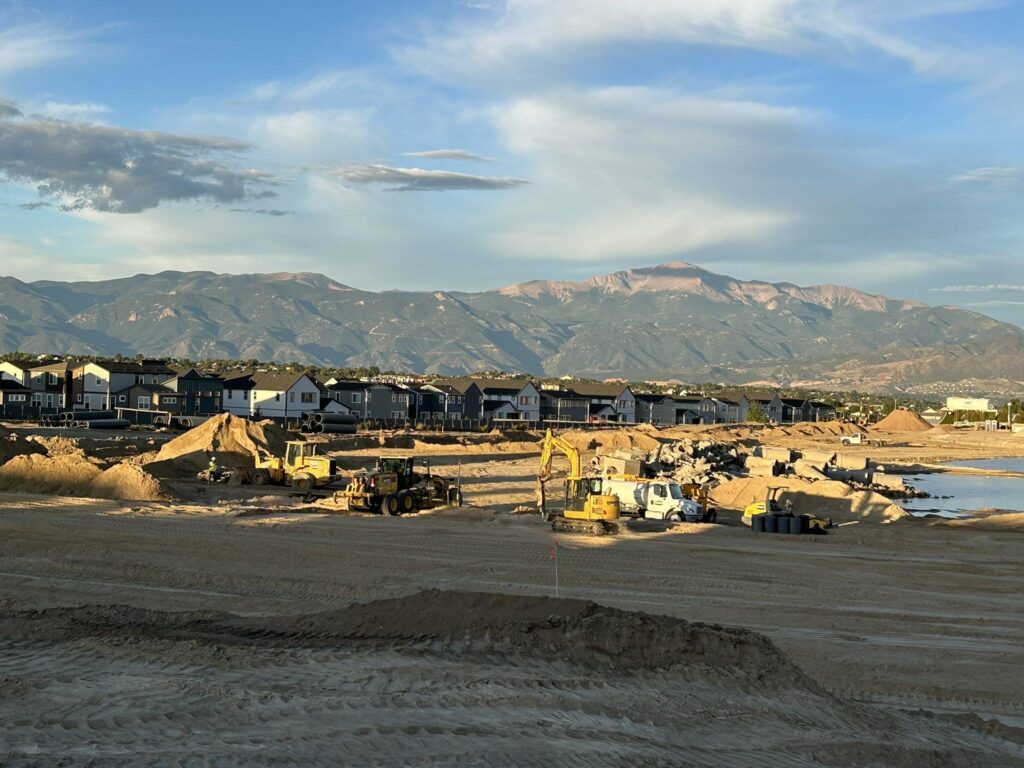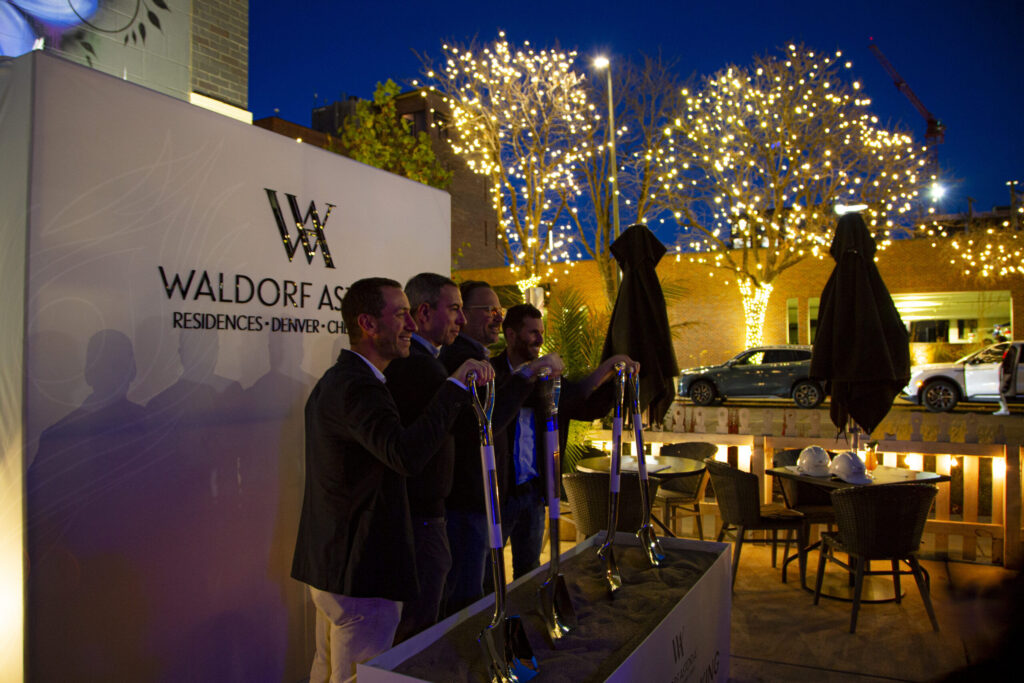As slopes open, new town of Keystone jumps to a higher altitude real estate market
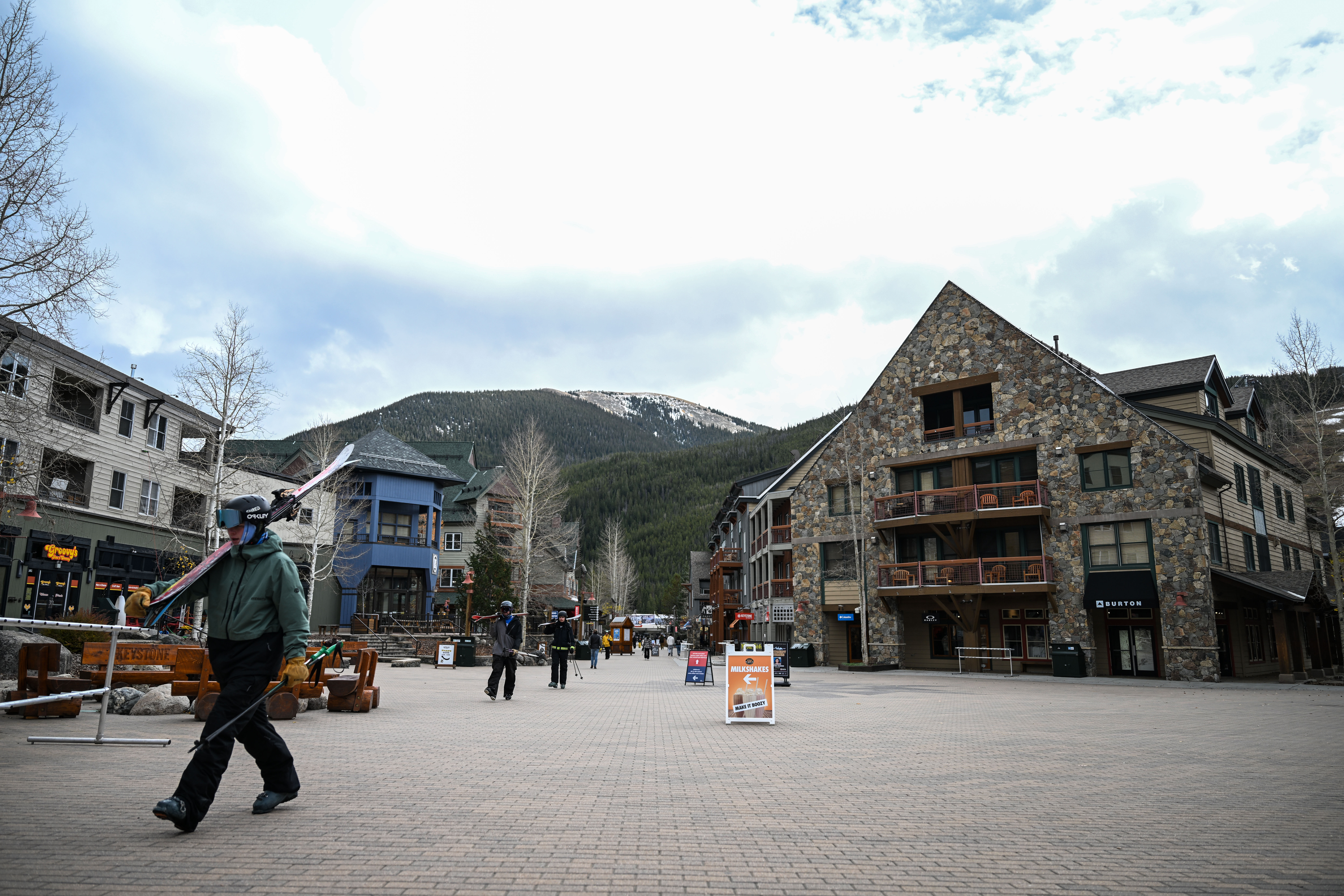

Anyone who can remember skiing Keystone while wearing a pair of jeans with a sack lunch in the jacket will raise an eyebrow at the new world the laid-back mountain has entered this new season.
Fifty-five feet from the resort’s River Run gondola, a condo project set a sales price record for Summit County this year — $2,610 per square foot — and some individual units have disappeared at prices well above $2 million.
More telling yet, in 2024 Keystone incorporated as its own town — a branding move that puts it in the ranks of celebrated resort destinations further west, including Vail (incorporated in 1966) and Crested Butte and Aspen (each incorporated in 1880).
Inside the town limits, other new attractions are arriving that add to the resort’s allure, including 555 acres of high altitude back-bowl skiing that opened two years ago, with a new lift and long views. That’s in addition to major investments into a network of bike trails with berms, drops, jumps, and wooden bridges, not to mention a new base village that’s taking shape, along with the latest record-priced accommodations.

Ken Riley, who was elected the town’s first mayor last year, told The Denver Gazette that the luxury offerings coincide with a new, affluent class of visitors attracted to the mountain base. But he added that he doesn’t see the character of Keystone changing and the goal is to keep an experience that draws a broad range of patrons and residents.
In a year when there is widespread worry about housing prices, slower sales, and the health of the broader economy, town officials and real estate agents said they’re feeling a sense of confidence about the resort — that the depth and variety of attractions are giving Keystone some weatherproofing from economic ups and downs.
“We’ve hit a tipping point, where people don’t need to sell their places,” said John Crone, the new town’s city manager. “We don’t see that big hit in our sales prices.”
Crone recalled arriving here in the mid-90s.
“I had never skied. I moved up here the day that Copper and Breckenridge closed and everybody in town left,” Crone said. “It took me six weeks to get a job as a busboy.”
That was around the time that Vail Resorts absorbed Keystone from the Ralston Purina Co., merging it with Vail, Breckenridge, and Beaver Creek into what would be the largest ski operator in the country. Vail Resorts now operates 42 areas nationally and internationally, making it the largest ski operator in the world.

Vail’s involvement proved transformative for the mountain — actually three mountains with more than 3,000 acres of skiable terrain and a vertical drop of more than 3,000 feet. Thirty years ago, that comprised a potential ski experience to rival the famous mountains further west, but with a base infrastructure that was pretty much limited to day skiing, drawing ski commuters from the Front Range megaplex.
Dining opportunities were minimal, with skiers stopping at the roadhouse Snake River Saloon along U.S. 6 to drink and warm up before heading back over Loveland Pass.
NEW BASE VILLAGE
Now dining is a major component of the base mountain village taking shape — including Lula’s restaurant, set to open around Christmas. It is named for pioneer schoolmarm Lula Myers, who, with her husband, bought the 160-acre Delker Ranch in 1924 that now comprises the base mountain. Along with two other restaurants and a bar, it will form the culinary side of Kindred Resort, a $300-plus-million ski-in complex with 95 luxury condos that are catching attention for their square-foot prices.
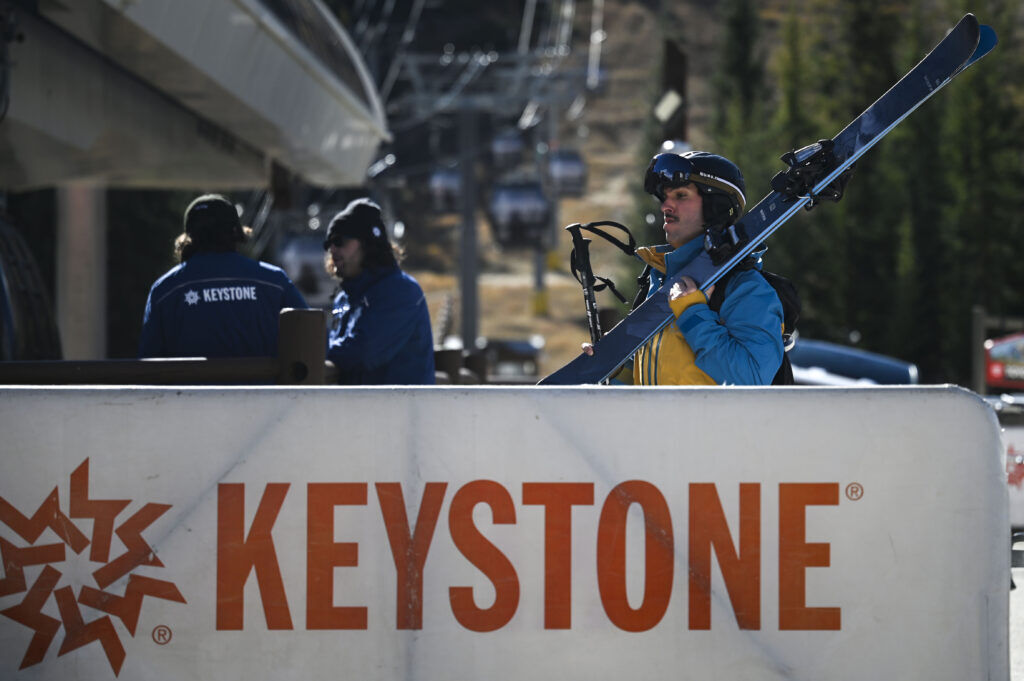
That complex beside the River Run gondola also will include a 107-room 4.5-star hotel, along with shopping and a private club with ski concierge services that developers are seeing as a first at Keystone — catering to a crowd that identifies such an amenity with tawnier resorts in western Colorado.
“The Covid pandemic brought people from across the U.S.,” said Ryan Geller, who, along with Jeff Geller, Shervin Rashidi and Scott Russell, is a partner in the project developer, Kindred Resort. “It changed the tone of the person that comes up here.”
The residential side offers a west building with 62 condos centered around one and two-bedroom offerings, and an east building set to open soonest, with another 33 units that feature larger, more luxurious units, some four-bedroom. One of those reportedly sold earlier this year at $4.3 million, and another is reportedly under contract at $6.25 million, which would set a new record at $2,999 per foot.
According to developers, the entire project has roared through sales in what otherwise has been a lackluster real estate year for Colorado and the nation. Coming into a “soft opening” over the holidays, only eight units remain on the market, priced from $2.4 million to $5.5 million.
That success was foretold by another project just west of the gondola: The Alcove, 26 townhomes, reportedly hit prices of $4 million and $5 million before sellout.
Unlike some large-scale projects continuing to arrive west at Breckenridge, these are all single-ownership, not timeshare type concepts, a factor that developers see as important.
“I like the community feel of full ownership,” Geller said, noting that it attracts a buyer who wants to have a property available for family gatherings and events without the constraints of scheduling other owners.
Geller noted that an upscale base infrastructure to match the mountain’s potential had been talked about for years, well before the surge of buyers who arrived during the pandemic, seeking sheltered privacy.
“River Run was originally supposed to be the Beaver Creek of Summit County,” Geller recalled. “It had gone away from that, but this is bringing that feel back.”
“Keystone has been an amazing resort for years, especially for families, but when you think of the lodging aspect, it hasn’t had much of a luxury resort component,” said Shannon Buhler, vice president and general manager of Keystone on behalf of Vail Resorts.
“A lot of guests already coming are looking for slopeside luxury, not just luxury for singles and couples, but for families,” Buhler added.
DISCUSSED FOR DECADES
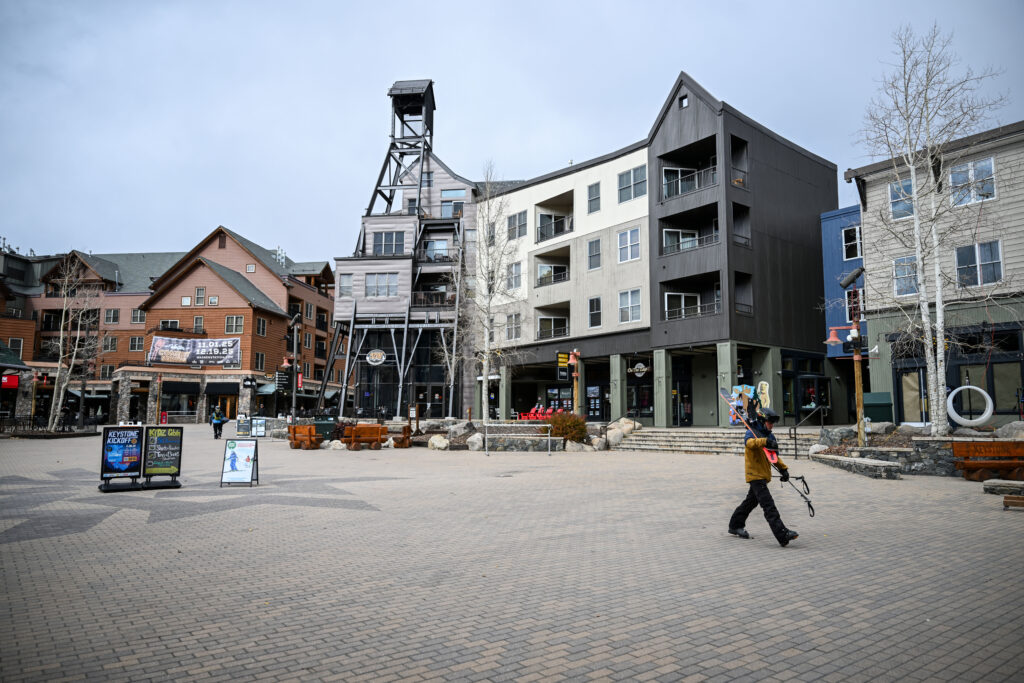
Like the luxurious infrastructure now arriving, the identity of Keystone as its own town had also been discussed for almost three decades — but its final consummation had less to do with the luxury market than with two other, more practical aspects.
“One of the reasons we incorporated was that the infrastructure wasn’t being maintained by Summit County,” said Riley, the mayor. “It gave us tax revenues that Summit was collecting.”
Riley noted that with those stronger revenues, the town has completed its first major project, an improvement of the sidewalk infrastructure that follows U.S. 6, used by ski employees and other workforce residents to get around the base. Riley said that safety concerns, including two fatal pedestrian accidents, had driven the area to approach the Colorado Department of Transportation for a makeover, but the agency had been unable to fund a project.
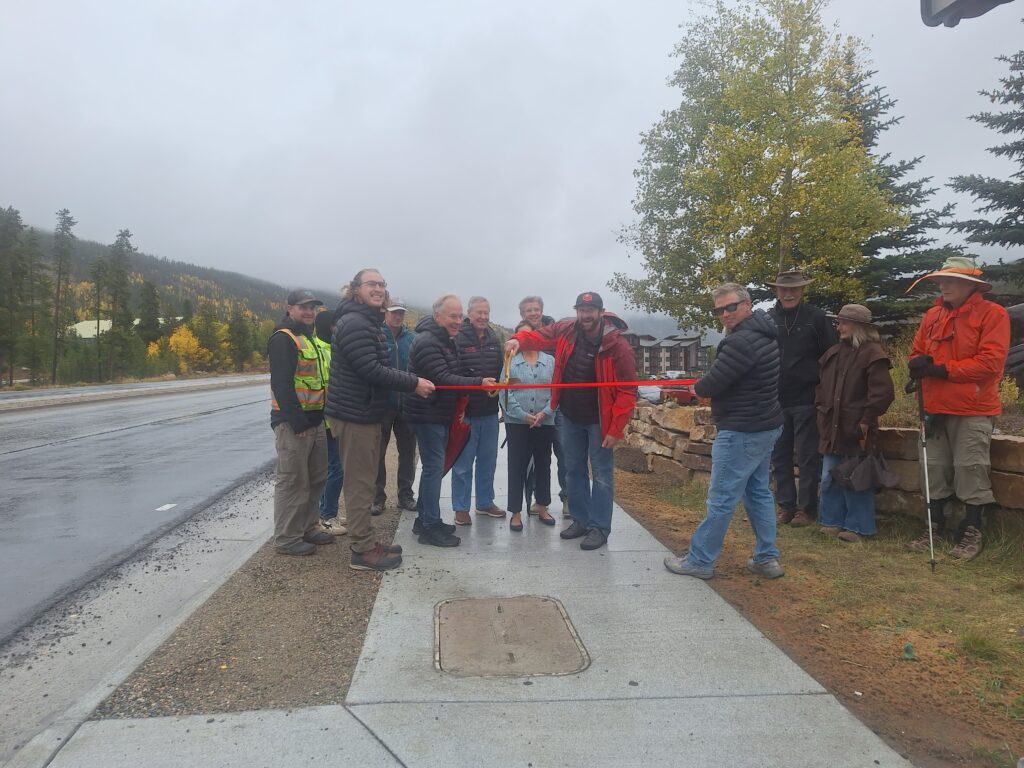
Now, some 1,200 feet of sidewalks are providing relatively safer ways to access residential areas and to cross the highway.
Meanwhile, the town is setting up to acquire a six-acre property with a conference center that has served as a temporary town hall. It would become a permanent seat of government, along with additional land that could go, in part, to workforce housing.
The city is also eyeing some 400 acres of additional annexations to its expanse, which currently runs along U.S. 6 from inlets along Lake Dillon to the east edge of the ski base. Those would include some golf acreage from one of the mountain’s two courses.
SHORT TERM RENTALS
There was a second, equally important motive for becoming a home-rule entity, according to real estate agents. That was to reassure current keystone residents about the value of their home investments inside the resort.
Many of those had purchased homes and condos with the idea of using short-term rentals to supplement their ownership financing. However, regulatory moves in other municipalities were threatening to curb their use Airbnb-type use.
“Keystone pulled off (incorporation) because it wanted to control what was happening, including short-term rental regulations,” said broker Dana Cottrell of Summit Resort Group, who reports regularly on behalf of the county’s market for the Colorado Association of Realtors. “The idea that people buying there are able to rent them for a short term was very important.”
“We’re getting back to real market prices,” she added, noting that, particularly for owners who purchased during COVID pandemic, the added dollars help offset insurance and HOA costs.
Riley said that the residential balance in the new town is a mix — around 60% workforce, some in housing provided by Vail Resorts, along with another 40% who have bought at market rates, who want to be there for the setting and amenities.
“We’re bringing in the luxury brand, but if you look at the total market, 2,000 of 3,500 units are short-term rentals,” he said.
That, he said, ranks as the third largest component of short-term rentals of any Colorado town.

“We’re a resort community, but we also need to support our residents and to balance their needs,” Riley added.
Riley and Crone, the city manager, each maintained they have kept current residents as a focus, as they look ahead to creating a master plan for the town, working with Vail Resorts.
“We haven’t imposed any new taxes, property tax or sales tax,” Crone said.
Currently, the town has just six employees, including a two-person community development staff, a parks-and-trails director, a finance officer, and two clerks. The police force is operated in cooperation with the town of Dillon.
“We designed the town to be lean,” Riley said. “Instead of a large infrastructure, we’re looking at contracting.”
Developers and town planners agree that despite the high prices commanded by the newest accommodations, the experience at Keystone should continue to hark back to its brown-bag roots, reaching for a wide range of visitors and remaining open and accessible for locals.
“Kindred is a new base area for Keystone,” said Amy Kemp, who heads marketing for Kindred Resort. Along with the high-end hotel and condos, the buildout will include public spaces with firepits and lobby areas accessible to all.
“This has a different feel to it than other ski-in, ski-out destinations,” she said. “This one invites the public in.”
RED ROCKS RIVAL
Kemp and others involved in the resort all point to the quality of the mountain and its access to Denver as resources that underwrite the infrastructure that’s arriving now.
In addition to the back bowl experience, those include the area’s non-winter attractions, including the golf, sailing, and the Dillon Amphitheater, 5 miles back toward I-70.
“It rivals Red Rocks,” said Kindred’s Ryan Geller. “Lake Dillon has come into its own, and people are traveling not just from Denver but elsewhere for the stunning setting with its mountain backdrop.”
Among stars who have already performed there are Bob Dylan, The B-52s, and younger audience draws like Rainbow Kitten Surprise.
Cottrell, who had just returned from a national agent event, said that the multimillion-dollar threshold that Keystone has crested — particularly surpassing a million dollars for a single unit — is very much a big deal in many other ski markets.
“You talk to other places and to some resorts, a million dollars is a huge amount of money,” Cottell added. “Here, that’s just getting in the door.”
Cottrell added that despite media stories on the big-brand ski areas becoming too crowded, she finds Keystone to remain very accessible on most days, except the big holidays.
“Keystone is still a best-kept secret, and all they’re doing is improving it,” she said. “It’s all the types of skiing I want to have.”
“But when you compare the pricing to Beaver Creek, Keystone is quite a deal,” Cottrell said. “The nice thing is you can buy and not be paying what you pay in Vail or Aspen, while still getting those facilities.”







